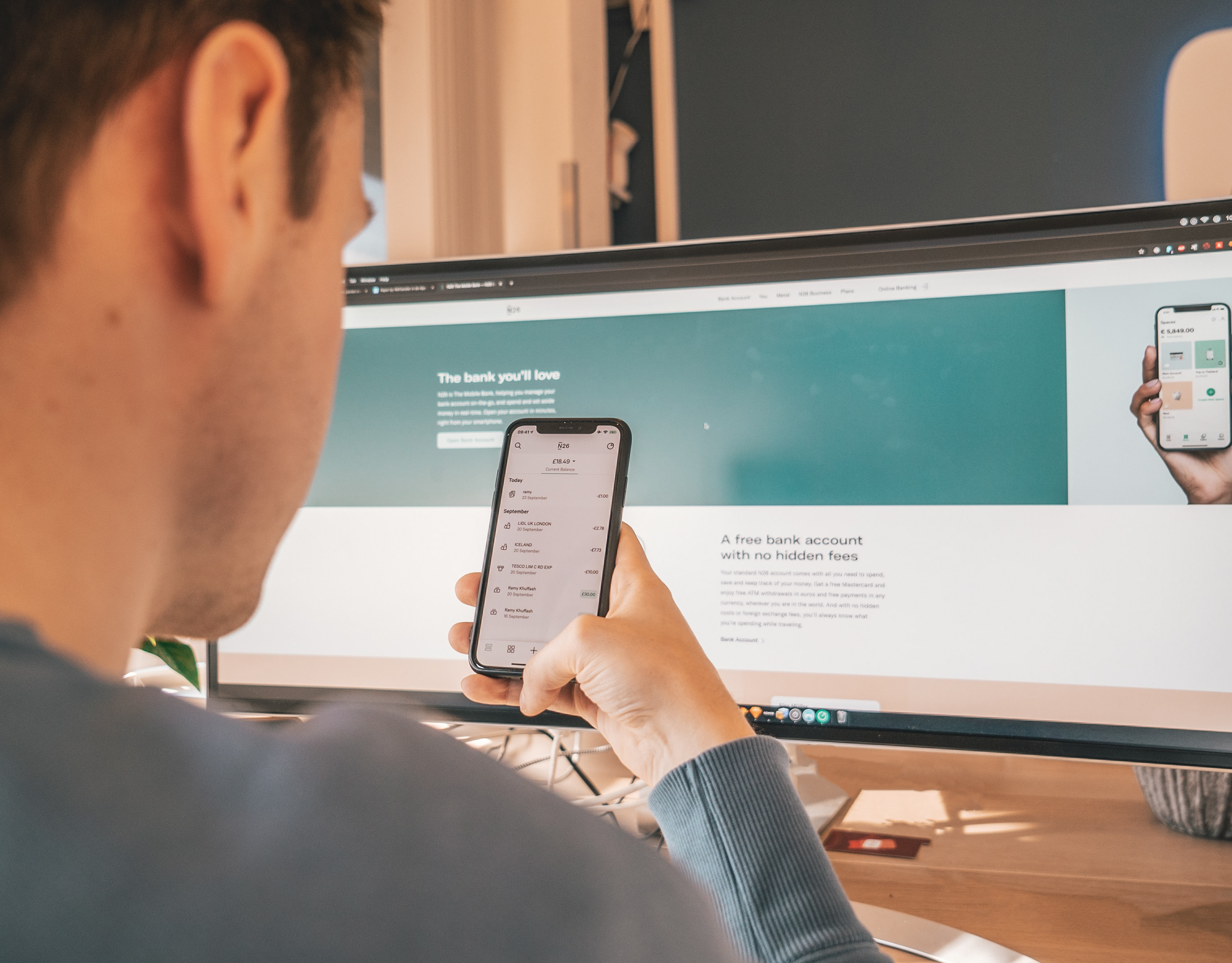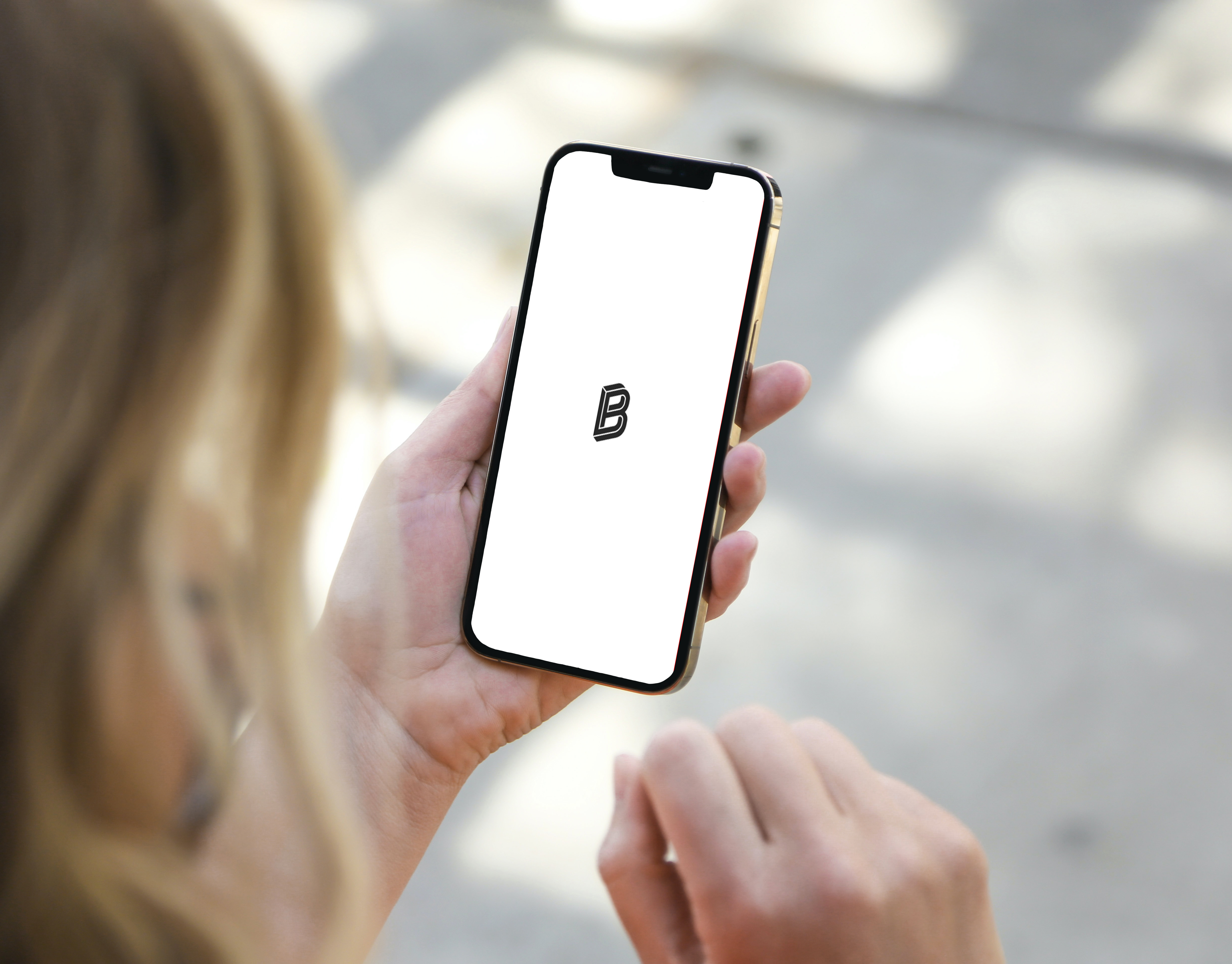Let's set the scene
This case study is a little different. It's about my work with a stealth fashion-tech startup. My main job was to come in and help the founders figure out if their big, bold vision was something real users actually wanted. The goal was to de-risk their whole business idea before they went looking for investors.
Year: 2024 | Project Duration: 5 months
So, what was the problem?
The founders were brilliant and had an innovative idea. But the problem was, it was still just an idea. They didn't have any real research or validation from users to know if it would work in the real world. They needed a clear strategy, backed by user insights, to help them build a product people would actually use, focus their efforts, and make a strong case for funding.
My role in this...
I was the only designer on this project, so I was responsible for leading the entire product validation strategy from start to finish. This meant I designed and ran the research plan—everything from interviews and surveys to building a quick Proof of Concept. My biggest job was to take all those findings and help guide the founders through a big, important pivot based on what we learned.
And what was the outcome? A big pivot
The big outcome of my work was a major strategic pivot. My research showed a huge gap between the founders' vision and what users actually cared about (like affordability and sustainability). So, I used that data to help them shift from their original idea to a much more viable B2B fashion inventory platform. The final thing I delivered was an investor-ready MVP proposal for this new, validated business idea.
Foto de Alyssa Strohmann en Unsplash
The journey: finding our way to product-market fit
My process for this was all about learning and validating as we went, so we could get from a cool idea to a de-risked, user-centred product concept.
1. First, understanding the vision and our assumptions
The project started with me just sitting down with the founders for a bunch of in-depth talks. I wanted to really get their vision, what motivated them, and what their business goals were. From those conversations, I created a validation plan that included building a quick Proof of Concept (POC) to test the main idea, along with running user interviews and surveys.
2. Then, reality got it
The feedback we got from the POC and our user research was a real wake-up call. When I analysed all the insights, I found a huge mismatch between the founders' original vision and what their target users prioritised. Our research showed that users cared deeply about affordability, sustainability, and easy access to quality fashion, which was a bit different from the founders' initial focus.
3. The pivot to a B2B model
Once we saw that critical mismatch, I knew we had to pivot. It was clear that to give users the affordability and access they wanted while still building a scalable business, we had to rethink the whole model. I worked closely with the founders to explore a B2B model where our platform would partner with businesses to help them manage and sell their excess inventory. This created a win-win: users get affordable, sustainable fashion, and businesses get a way to monetise their extra stock. This new direction finally felt aligned with what the market actually wanted.
The Solution: A Plan for a Viable MVP
After we made the strategic pivot, my final task was to turn this new B2B model into a clear product vision. So, the deliverable wasn't a launched product, but a carefully designed Minimum Viable Product (MVP) proposal. This was meant to be a guide for the founders and a powerful tool for their investor pitches.
The main goals for the MVP were:
→To test if the new B2B model was viable with the smallest possible product.
→To give users the core features they said they needed, like easy-to-browse inventory listings and transparent pricing.
→To be a strong foundation for investor talks, showing off our user-centred approach.
The impact: a de-risked and validated strategy
Here's the tricky part: the project ended up being paused because of some disagreements between the founders. But even so, the work I did delivered huge strategic value. The biggest impact was giving the startup a clear, research-backed path forward that was much, much less risky than their first idea. The data, the strategy, and the MVP designs I created gave them a valuable foundation for the future and a real asset for any investor conversations.
Foto de Clark Street Mercantile en Unsplash
What I learned from this...
My biggest challenge
The biggest challenge here wasn't a design one; it was navigating the startup's internal dynamics. Seeing a project get paused after making so much progress was a powerful lesson in how factors outside of design can affect the outcome. My job was to make sure I delivered a complete and valuable package, so if they ever decided to pick it back up, they'd have a solid foundation to start from.
My key takeaways
This project taught me a lot about working in a high-stakes startup world.
→User research is how a startup de-risks its ideas. By grounding every decision in what real users need, we turned a risky vision into a viable product concept that had real investor appeal.
→You have to be flexible. The ability to pivot the entire business model based on new information was the most critical thing we did. It proved that in the early days, being able to learn and adapt is way more important than sticking to your original plan.



